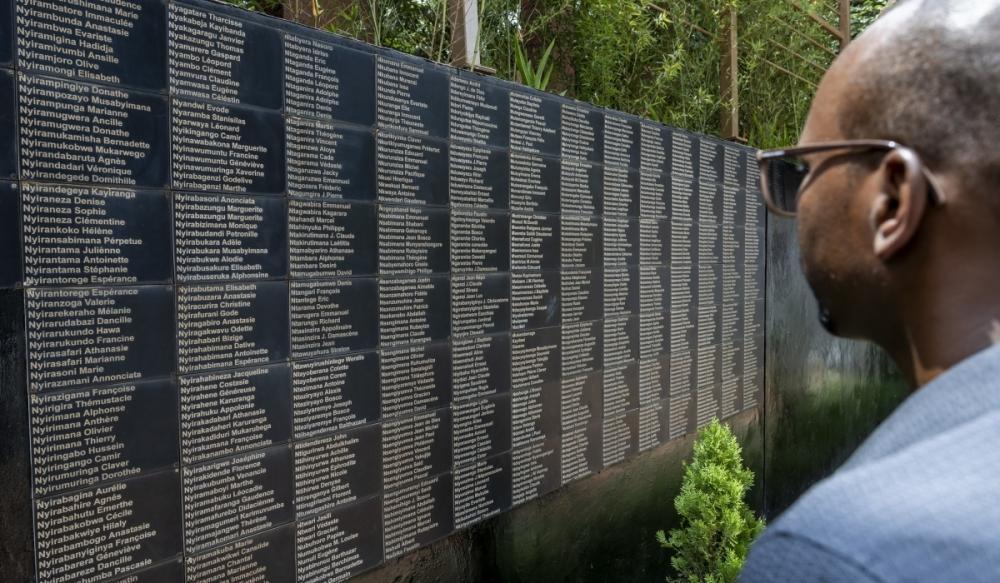Africa-Press – Rwanda. On April 8, 1994, two days into the Genocide against the Tutsi, an interim government was put in place after the death of President Juvenal Habyarimana on April 6.
With Theodore Sindikubwabo as President and Jean Kambanda and as Prime Minister, the new government moved swiftly to distribute arms and mobilise people to commit genocide in all parts of the country.
On the very day of its inauguration, killings continued across the country as the military participated in the campaigns to exterminate the Tutsi.
In Kigali, soldiers belonging to the presidential guard worked alongside the Interahamwe militia to carry out attacks against Tutsi in the Nyamirambo area of Kigali, finding them in the various places where they had taken refuge including the Catholic Parish of Saint Charles Lwanga, the convent of the Josephite brothers and the Saint André College.
Other parts of the country were also under the offensive of the killers. For instance, in Taba Commune, in former Gitarama Prefecture, the Interahamwe installed barriers at several locations including Rwabashyashya, Buguri, Gishyeshye and Remera hospital in Rukoma.
Silas Kubwimana, Chairman of the then-ruling MRND party, in Taba Commune, organised a meeting in Kiryamocyinzovu and declared that the Tutsi “was the enemy” and must be denounced.
He even claimed that the Tutsi had dug pits into which they were going to throw the bodies of the Hutu. According to records, Kubwimana was the leader of the killers in the area and he designated who should be killed.
Many Tutsi came to take refuge in the commune but found the Interahamwe waiting for them there instead. One group of the Interahamwe had been designated to kill, while others were tasked with burying the bodies of the victims in a ditch.
In the old Kamembe Commune (currently in Rusizi District), Tutsi were killed at Nkanka Parish, where they had taken refuge, fleeing massacres and the burning of homes that had started in the areas of Gitwa and Murambi.
The Mayor of Kamembe Commune, Jean Napoleon Mubiligi, had declared that the Tutsi could take refuge at the parish. He had even sent police there to protect them. However, when they arrived there, things turned differently, because on April 8, the Interahamwe attacked them and killed them using grenades, clubs and machetes.
In Rusizi District in the former Bugarama commune, then-director general of CIMERWA Marcel Sebatware and some officials of the company had drawn up a list of the Tutsi who were employed there so that they could be killed. The official told workers to take the Tutsi out and give them to the Interahamwe.
Most of the 80 Tutsi employees of the company were killed, save for a few who had escaped the day before.
More killings took place in Nyaruguru and Nyabihu districts, as well as Kayonza, carried out by the ex-FAR, police, and the Interahamwe under the support of the country’s leadership on various levels.
For More News And Analysis About Rwanda Follow Africa-Press






